
Film language
Schede di sintesi - Outlines
 |
Il linguaggio cinematografico Film language Schede di sintesi - Outlines |
|
|
The shot scale The shot is the selected portion of space filmed by the camera. It is defined on the basis of the position of the camera in relation to the subject (often a character) and the setting where s/he is placed. The real distance between the subject and the camera depends on the type of lens used. This leads to a shot scale which has been defined as "anthropocentric", since it is based on the space taken by the human body in the shot. |
|
Very long shot The setting is dominant and human figures are absent or barely visible. |
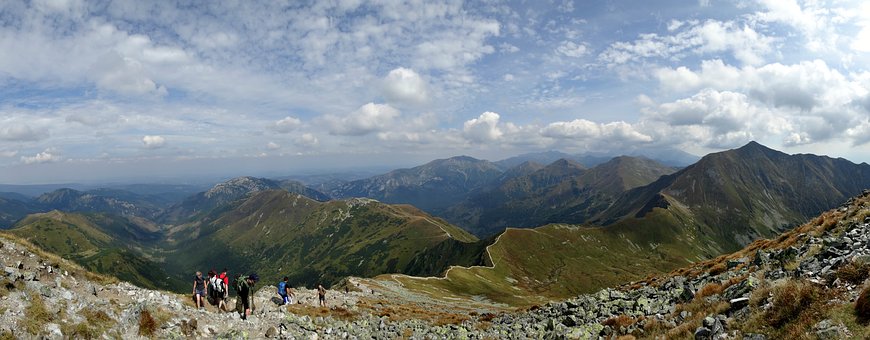 |
Campo lungo
|
Long shot The setting is still dominant, but human figures can be easily recognized. |
 |
Campo medio
|
Medium long shot Human figures occupy at least one third of the frame height. |
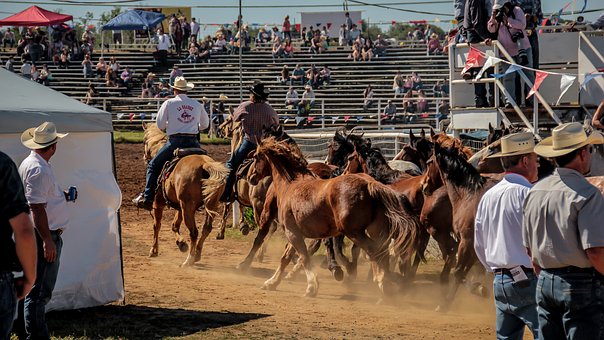 |
Figura intera
|
Near shot Human figures occupy at least two thirds of the frame height. |
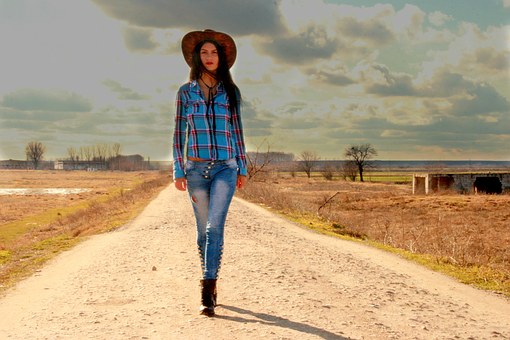 |
Piano americano
|
Semi close-up (1) Human figures are filmed from the kees upwards. It is so called since it is typical of American western films, in which it was (is) important to show the gun holsters and the belt. |
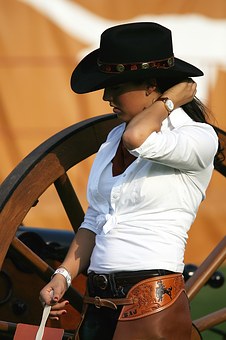 |
Mezza figuraMolto simile al piano americano, ma la figura è ripresa dalla vita in su. |
Semi close-up (2) A slight variation of the semi close-up - here the figure is filmed from the waist upwards. |
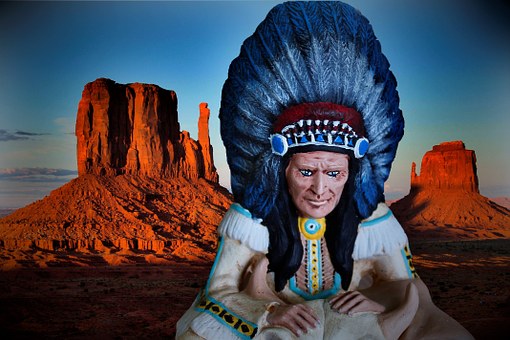 |
Primo piano
|
Close-up It shows the head from the neck upwards, including the shoulders - or a medium-sized object. |
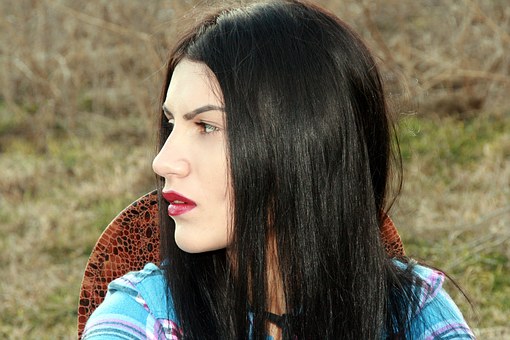 |
Primissimo piano
|
Big close-up The head occupies the whole height of the frame. |
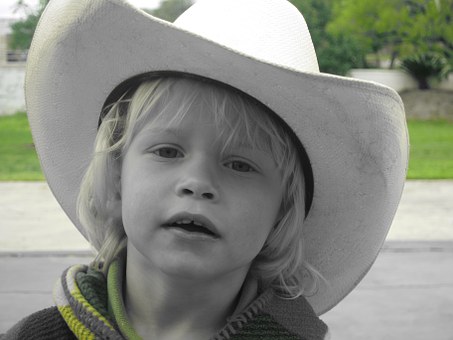 |
Dettaglio
|
Detail shot Part of the body, or an object, occupy (almost) the whole frame. |
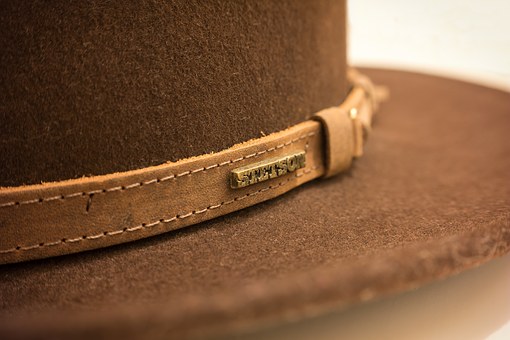 |
Campo totaleE' simile al campo lungo, ma inquadra un'ambiente nella sua totalità, in cui sono visibili, ad esempio, i tetti. |
Extreme long shot Very similar to the long shot, it shows the whole setting, including, e.g. rooftops. |
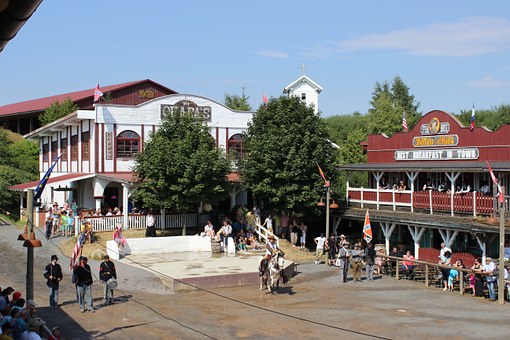 |
Campo
semi-totale
|
In this case too a (wide) portion of the setting is shown. |
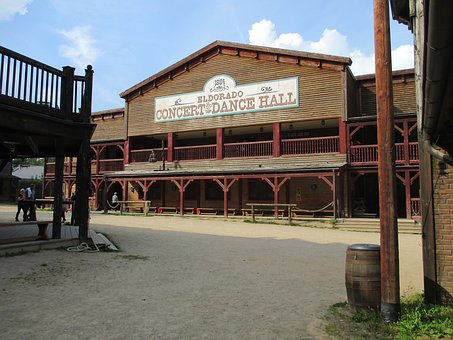 |
| La
dinamica dei campi I campi lunghi o medi tendono ad enfatizzare l'ambiente e il contesto del racconto, distanziando in una certa misura lo spettatore dai personaggi. Più si accorcia la distanza dalla mdp, più aumenta la vicinanza fisica con i personaggi, che significa nel contempo vicinanza emotiva. Nella serie di fotogrammi (1-5) si evidenzia il progressivo avvicinamento della mdp al centro della scena (costituito dal chirurgo) e dell'azione (l'intervento che sta compiendo), fino ad arrivare ad un primissimo piano dell'operazione e ad un dettaglio di un oggetto. |
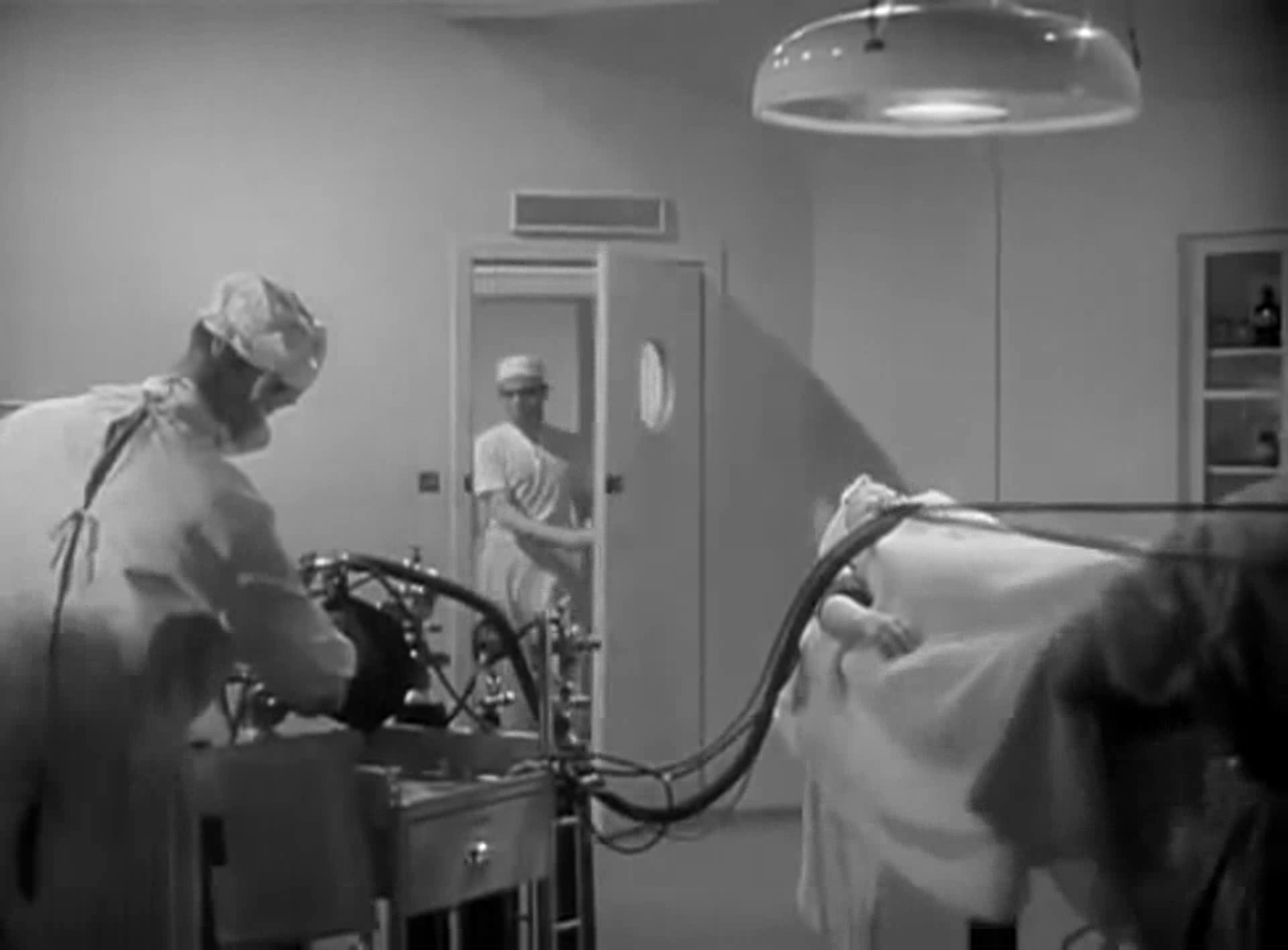 (1) 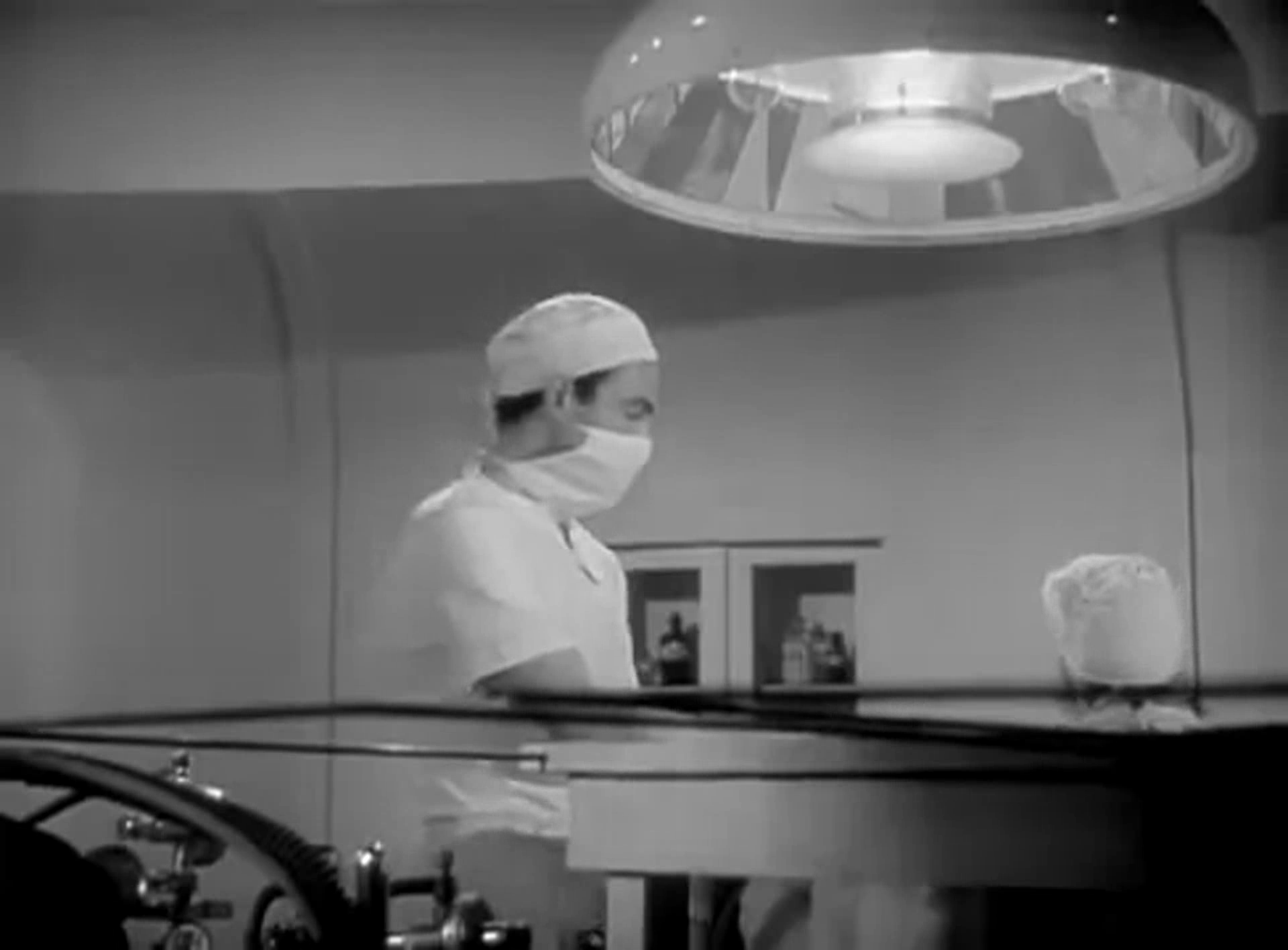 (2) 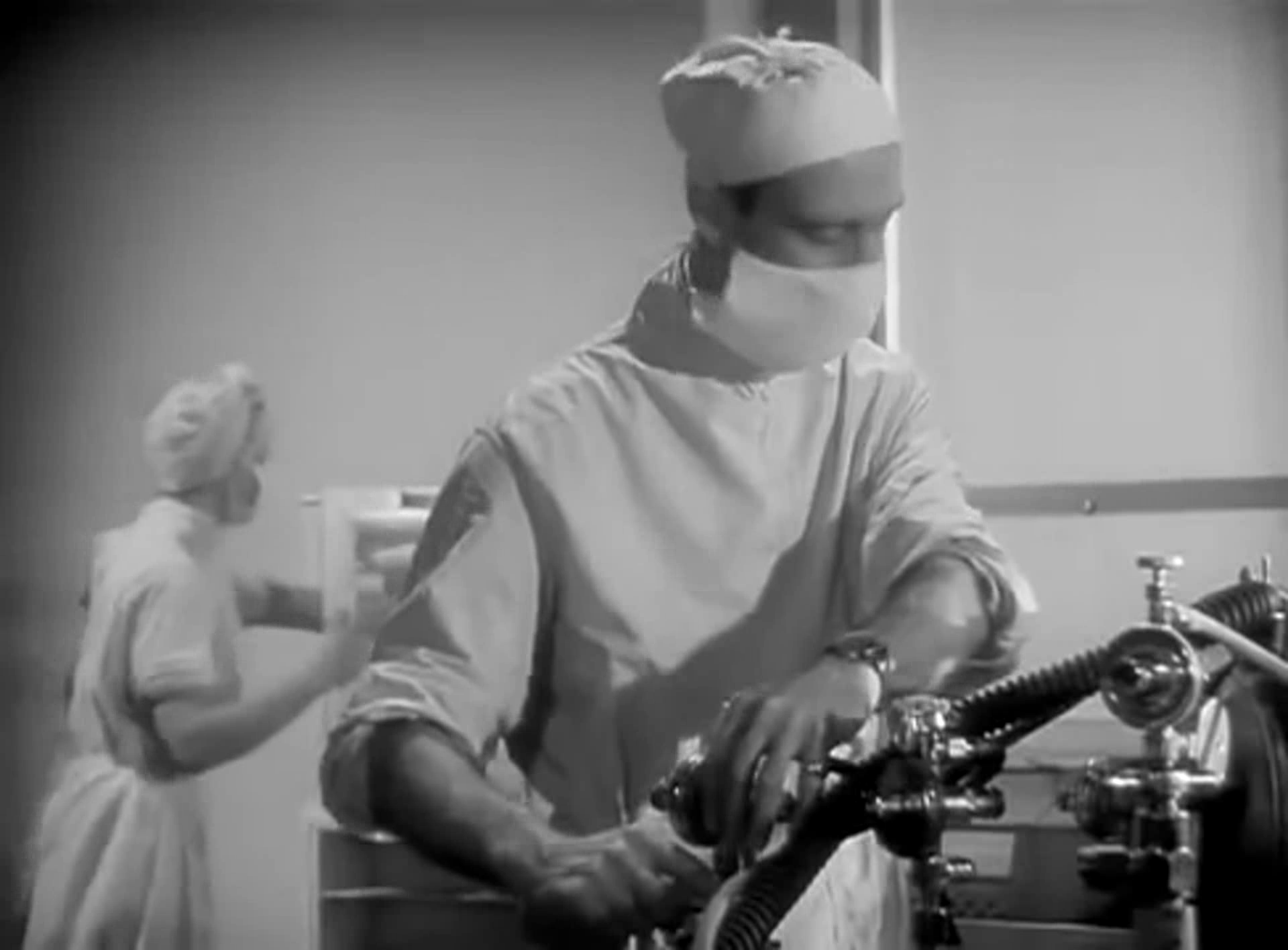 (3) 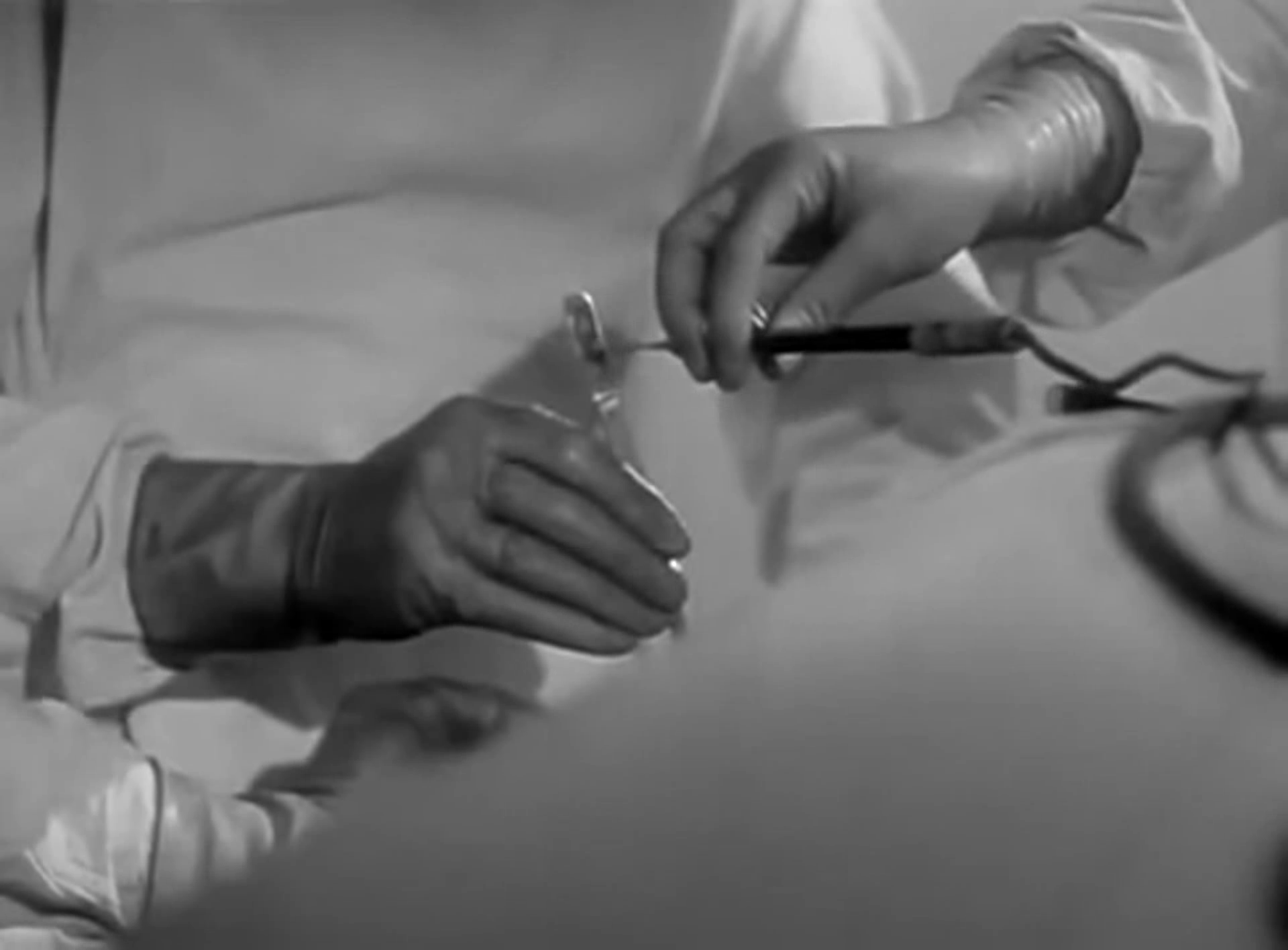 (4) 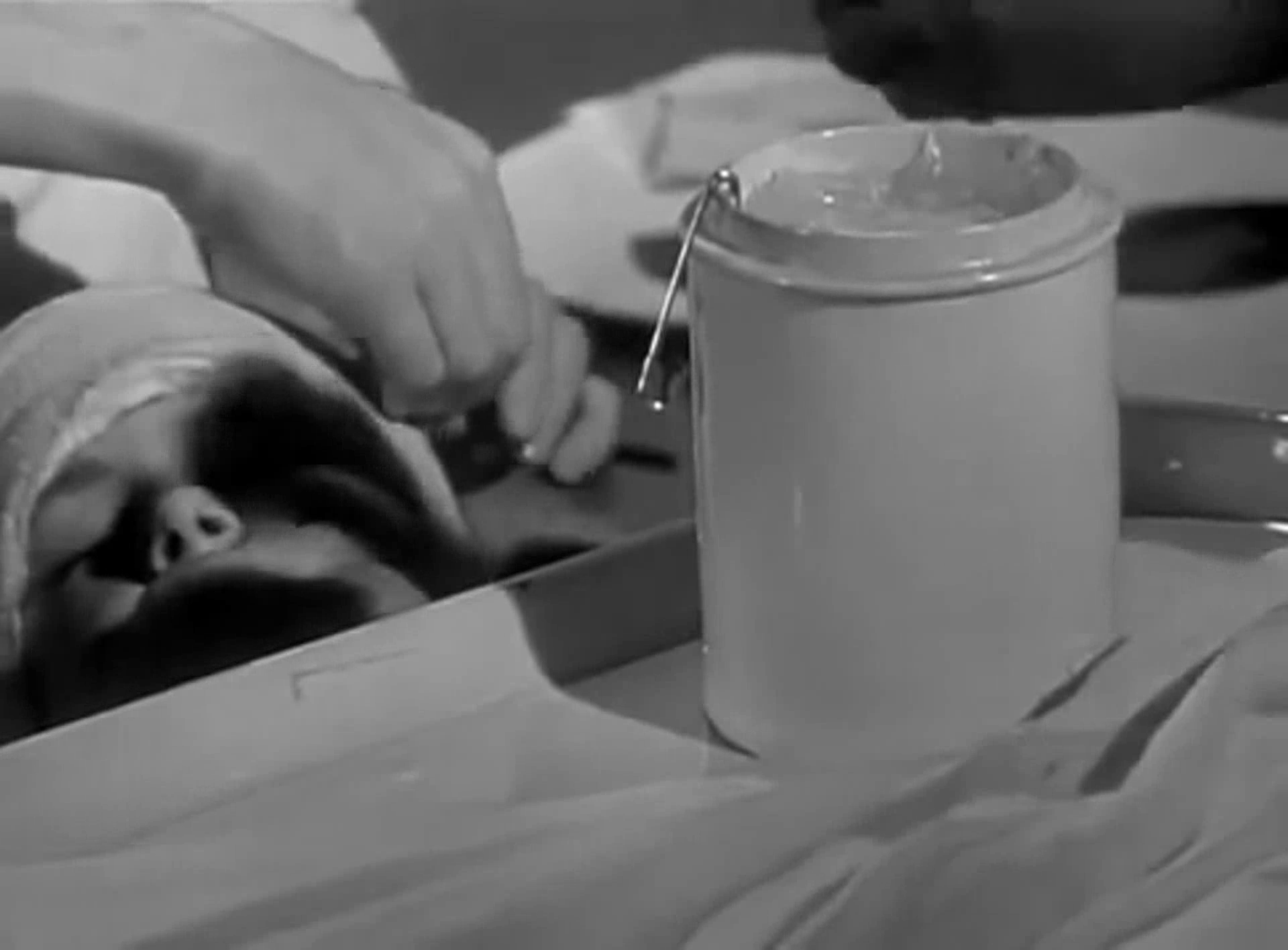 (5) Da/From Persecuzione (The Upturned Glass) di/by Lawrence Huntington, GB 1947. |
The dynamics of shots Long and medium-long shots tend to emphasize the setting and the context of the story, increasing the distance between the spectator and the characters. The smaller the distance from the camera, the greater is the physical proximity with the characters, which also means affective proximity. In the series of shots (1-5) we can see the camera gradually approaching the centre of the room (the surgeon) and the centre of the action (the operation being performed), till we get a big close up of the operation and a detail shot of an object. |
 |
Per
saperne di più ... * Dal sito Cinema e Scuola: - La scala delle inquadrature * Dal sito Cinescuola: - Le grandezze scalari * Dal canale YouTube FE2RO: - La scala dei campi - La scala dei piani |
 |
Want to know more? * From the Elements of Cinema website: - Shot sizes - Telling what they see * From the Yale Film Analysis Web Site: - Cinematography - Section 3 |
